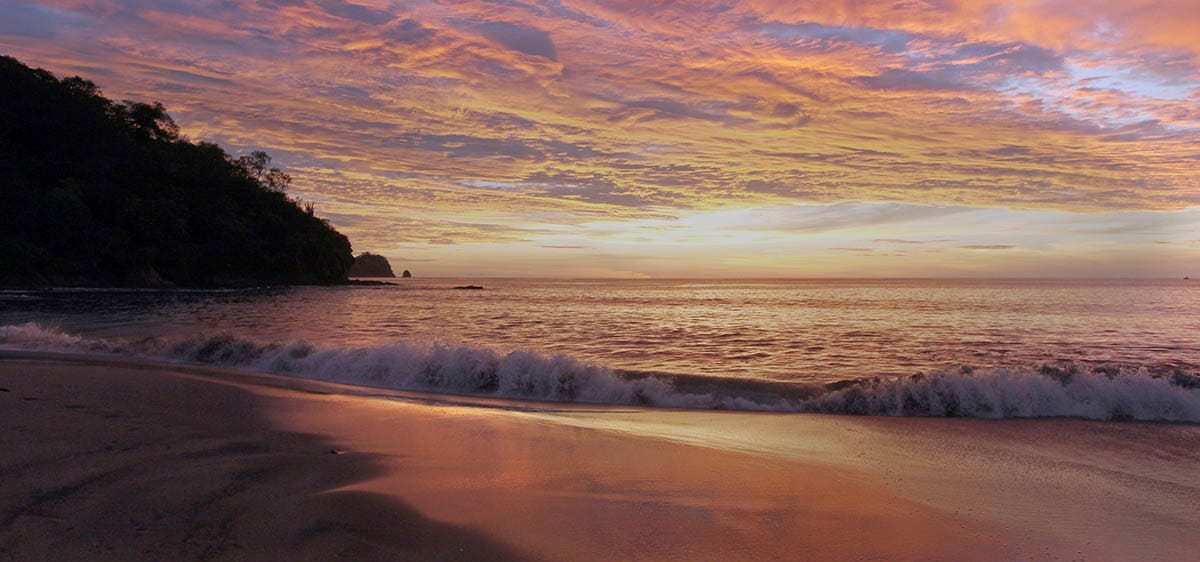
Central America has become a great tourism destination for all those who seek to experience nature, the sea and the best beaches. Among the most touristic countries of all is Costa Rica, a natural paradise that opens its doors and awaits more visitors after these years of pandemic.
But… When to travel to Costa Rica?
Costa Rica
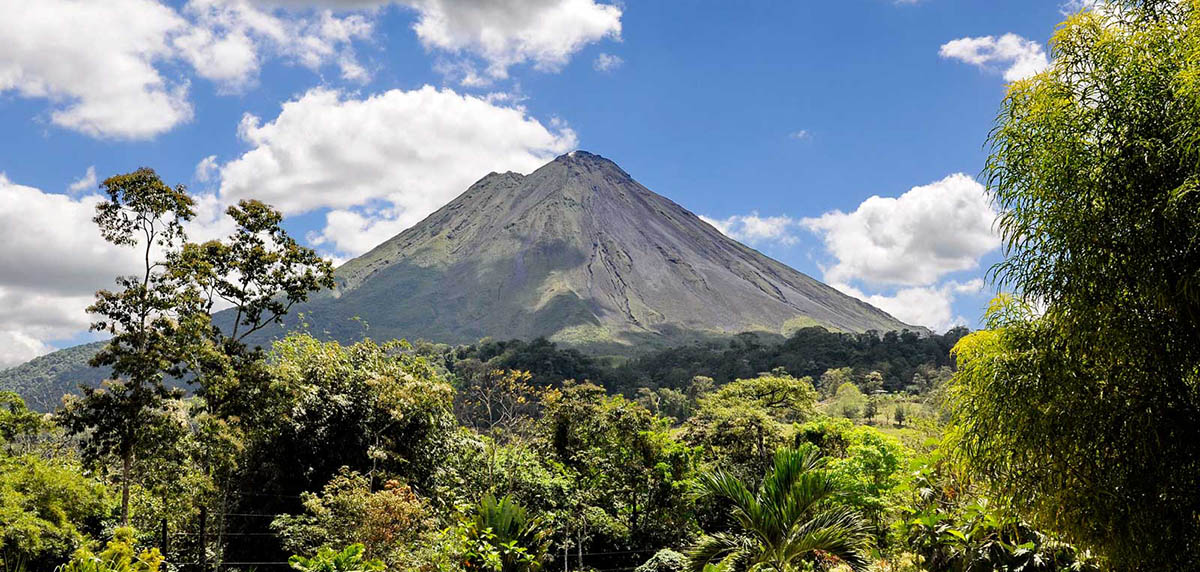
The Republic of Costa Rica is a presidential country located in Central America, made up of seven provinces and inhabited by around five million or so people. Columbus arrived here in September 1502, during his fourth voyage, and the wealth in gold of its inhabitants made him suppose that the land was precisely… rich. It is one of the hypotheses of the name.
During colonial times it was a dependency of the Captaincy General of Guatemala, part of the Viceroyalty of New Spain, and remained so until his independence on September 15, 1821. The truth is that the history of this small Latin American country is similar to that of the rest of its neighbors: colonialism, independence, dependence on the United States, poverty and more poverty when applying the always well-sold neoliberal economic model with disastrous results.
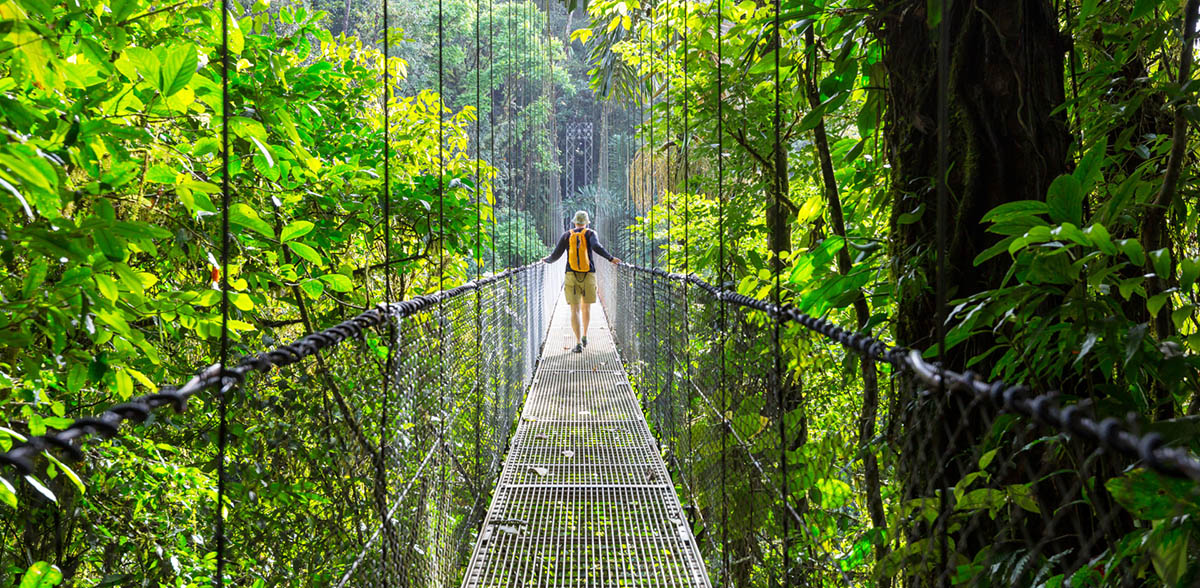
Costa Rica It is divided into seven provinces. It is located on the isthmus of Central America and It has a coast on the Caribbean Sea and on the Pacific Ocean. Its neighbors are Nicaragua, Panama and Ecuador and Colombia. The truth is that it is a country very hilly, with peaks between 900 and 1800 meters high and with a total of four main mountain ranges and other secondary ones. It has the highest mountain in this part of the continent, the Chirripó hill, 3820 meters above sea level.
It has active volcanoes and also many islands. On the Caribbean Sea are Uvita Island and Calero Island, for example, and on the Pacific the islands of the archipelago of the Gulf of Nicoya, Tortuga Island, Cocos Island, Caño Island and many more. Its great biodiversity has earned it World Heritage status.
When to travel to Costa Rica?

Like all tourist destinations Covid 19 pandemic It has affected her greatly. If before one had to refer to the rains, crowds or heat when traveling, today it is impossible to avoid the pandemic.
Given this situation, the country has tried as much as possible to minimize the risks and cases and for this reason has put its modern and free health system at the service of travelers who arrive in its land. From November 2020 all international visitors can enter, so it was really closed for a very short time. And then neither the quarantine nor the tests were necessary.
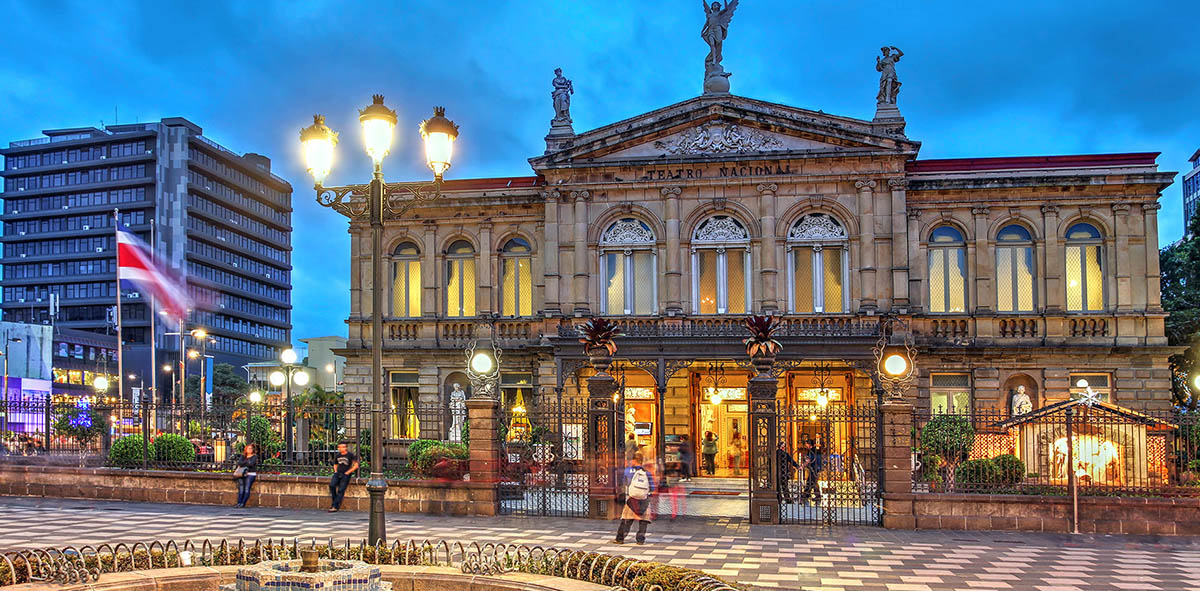
So, when should you visit Costa Rica? The most popular time to do this is in the peak holiday season which falls around Christmas and New Years. But it is always better to dodge it a bit, so we can say that it is better to go a couple of weeks later. There are a little less people.
The rainy season in Costa Rica ends in December but the jungles remain humid until New Year, when the power of the sun finishes drying them and the sun shines on the beaches. The truth is that this is one of the best times of the year to enjoy nature, as tropical species such as monkeys and sloths join migratory birds arriving from the north, humpback whales that give birth in the warm waters and also sea turtles to spawn on the coast.

For many the best time is not this one, however, but July and August. It is true that it rains more but there are fewer visitors and better prices. And if you don't want a drop of water, or really very little, then you have to go in the dry season in the Caribbean is between September and October.
As you may have seen, there is no bad time to visit Costa Rica and in truth it all depends on what you want to do and your priorities. If you have time in the middle of the year then you can choose better times. Just choose the month and then see what the weather is like then, how much it rains, what animal migrations you can see and what the daily life of the country is like (festivals, holidays, etc.).
But when is the best weather? Depends on the place we're talking about. The truth is Costa Rica has several microclimates and while one may have floods, the other may be drier than the Sahara. In general, it is preferred to travel in the season of few rains or the so-called "green season" (from May to November). It would be winter in the country: there is no tourism, prices are low and although the mountain slopes can be wet the days are perfectly sunny.

Even so, this time of year may also have its disadvantages: some areas are really humid, especially the Atlantic part and the southwest and northwest. The Osa Peninsula has a lot of rain and getting to know it is complicated, in addition to the fact that many accommodations close in September and October. It can also be a bit dark as the summer nights are longer here, due to the proximity to the equator. If for you Costa Rica is synonymous with sun then you have to go in January, February and March.
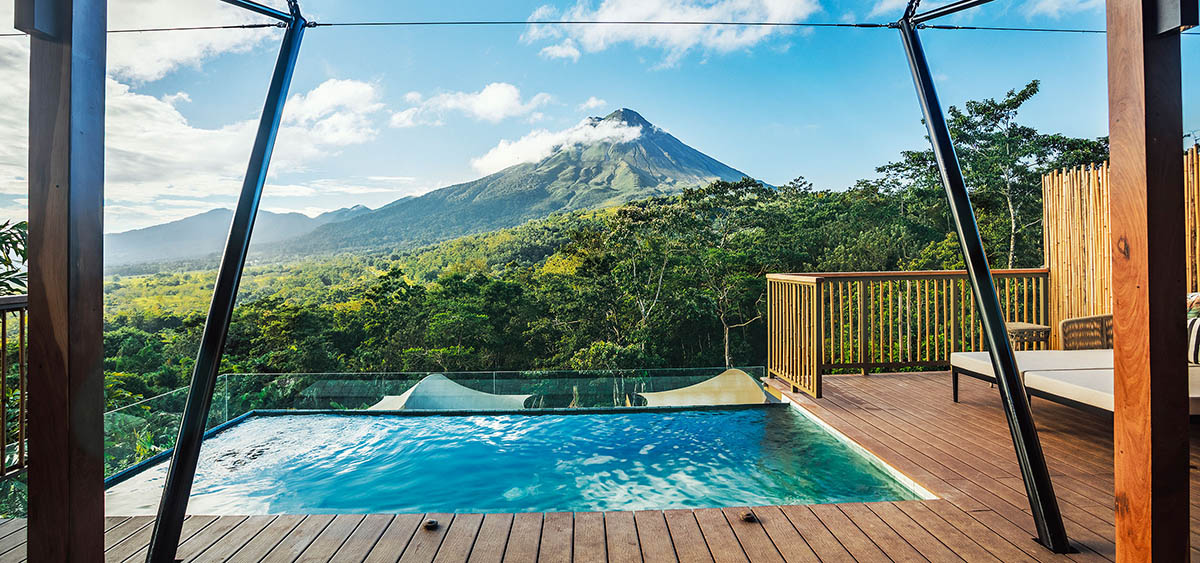
On the Pacific side, if we talk about the wet and dry season, we talk more about Nicoya, Guanacaste, in the northwest of the country. The rest of the Pacific coast is rather mountainous and follows the general rainfall patterns. Now, on the Caribbean side, the east, there are strong variations in climate depending on the season and it tends to be rainier all year. This rule is broken in September and October, an amount in which although the rest of the country has a lot of rain, the Caribbean beaches remain dry, sunny and warm.
The high and low tourist seasons follow the precipitation patterns on the Pacific side, which is where the resorts are located. The dry season that runs from January to March is synonymous with people and expensive prices and the peak season really is the two weeks from before Christmas to after New Years.
The best thing about the high season is undoubtedly the weather, but not the prices. It is difficult to make reservations, there are too many people and on the beaches there are crowds. Think that all the people of the northern hemisphere are there escaping the extreme cold and snow.